Content hub
From application notes to blogs, news items to infographics, we've got a wealth of advice about VOC and SVOC analysis that we'd like to share with you. Simply use the search function or use the drop-down selectors to filter by content type, sampling method and/or application area to discover more.

Real-world implementation of dual canister and tube analysis of hazardous air pollutants using TD–GC–MS
On-demand webinar
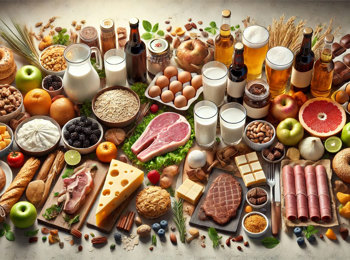
Versatile tools for high-sensitivity flavour and aroma analysis
Teagasc, Ireland
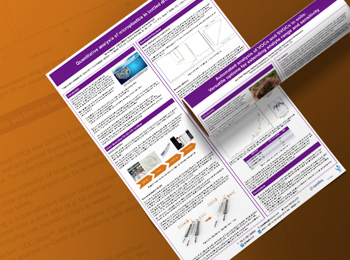
Advancements in near-real-time monitoring for chemical warfare agents: enhancing detection and field deployment capabilities
Presented at CBRNe World, USA, 2024

Beyond air monitoring: Advancements in trace level detection of chemical warfare agents and toxic chemicals in environmental matrices and contaminated materials
Presented at CBRNe World, USA, 2024

Monitoring produced gases From PFAS destruction technologies in line with OTM-50
Presented at SSSAAP (Source Evaluation Society’s Stationary Source Sampling and Analysis for Air Pollutants conference), Tennessee, USA, 2024

What are the best sampling techniques for the analysis of VOCs and SVOCs in air using thermal desorption?
Presented at CEM India - Sampling techniques, 2024

Hydrogen fuel impurity testing: How to comply with National Quality Standards
Presented at Pittcon, 2024

Versatile options for extending analyte range and sensitivity for monitoring volatile organic compounds (VOCs) in water and soil by automated, cryogen-free headspace and SPME–trap with GC–MS
Presented at IWA, Taiwan, 2024

Fast, high sensitivity analysis of chlorophenols and common odorants to assess water quality by HiSorb TD–GC–MS
Presented at ISC, Liverpool, UK 2024

Plant-based and same great taste? Finding off-flavours causing negative consumer perception of pea milk using highly sensitive HiSorb extraction
Presented at EuSP, Crete, 2024

Automated, high-sensitivity analysis of target residual fumigants in foods for regulatory food safety testing by multi-step enrichment-headspace-trap coupled with GC–MS
Presented at ISC, Liverpool, UK 2024

Automated high-capacity sorptive extraction of volatile per- and polyfluoroalkyl substances (PFAS) from drinking water
Presented at EuSP, Crete, 2024

PFAS emissions from functional textiles
Journal of Chromatography A, September 2024

How to monitor F-gases using pre-concentration with GC–MS
On-demand webinar

Sorptive Extraction Fundamentals and Applications: Extracting More with SPME and HiSorb
On-demand webinar
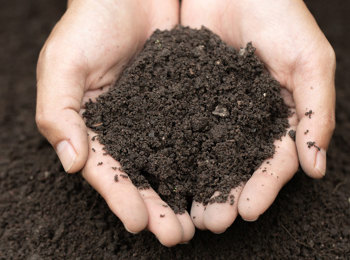
The science beneath your feet - untargeted approaches to volatile organic compound (VOC) emissions from soil
31 October 2024
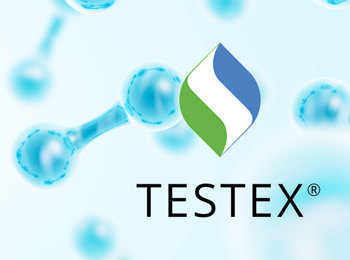
Affordable, safe, effective: Implementing hydrogen carrier gas for routine TD–GC–MS
TESTEX
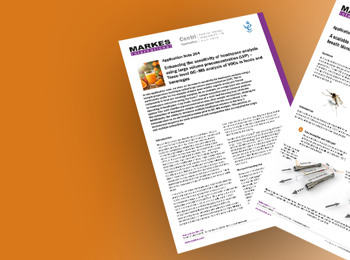
Measurement of ethylene oxide with other air toxics from fugitive and area sources
Application Note 176




